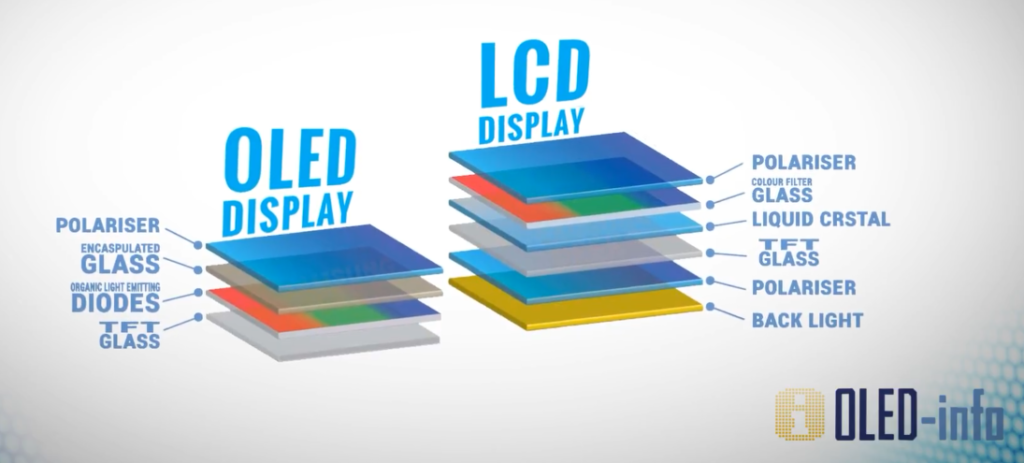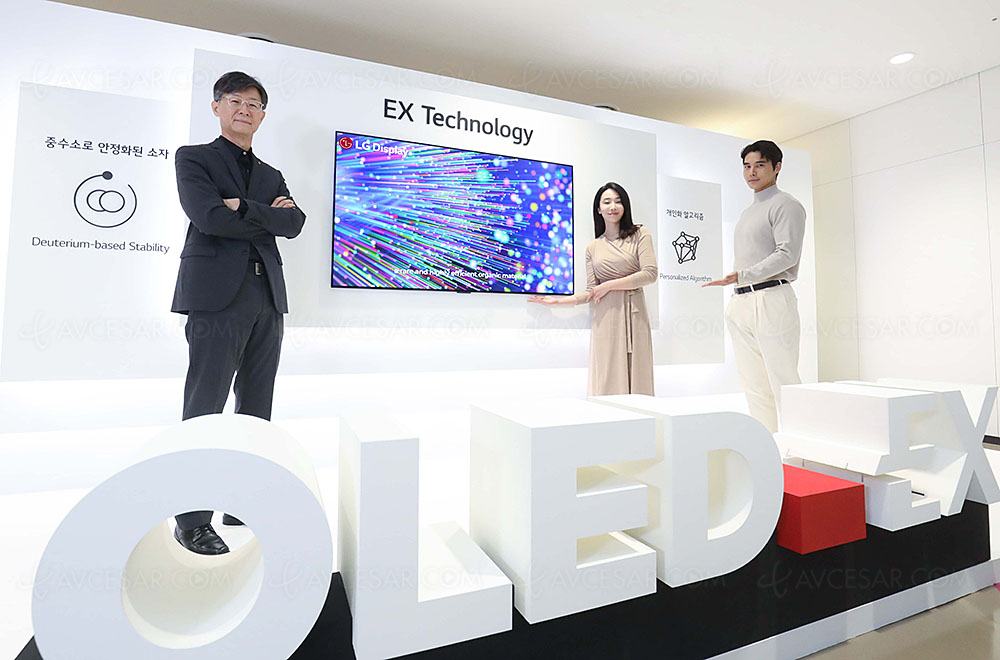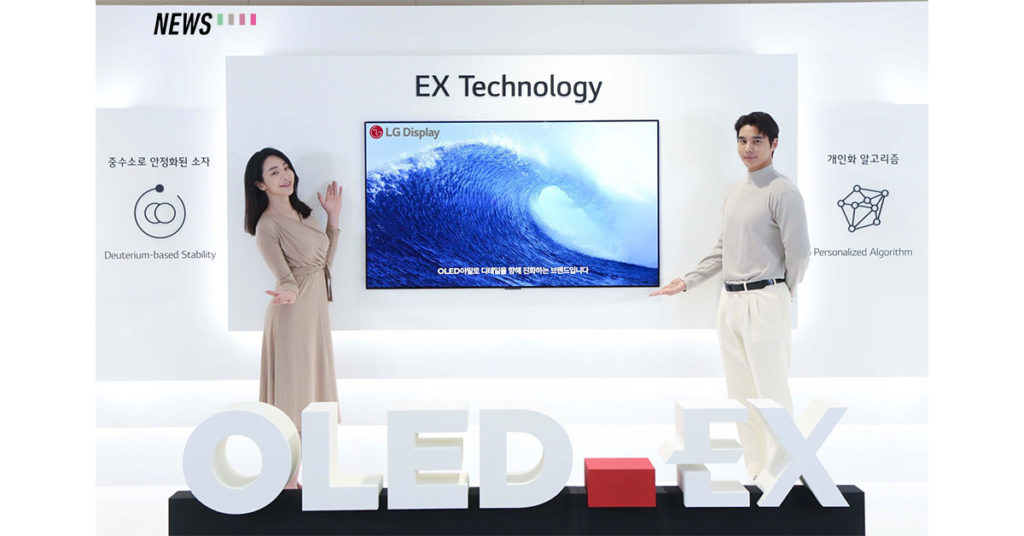LG Display has always been the world’s leading OLED TV display manufacturer since 2013. Two days ago, the company introduced OLED.EX, a new OLED technology aimed to boost picture quality and brightness by up to 30 percent.
The reason why it’s called OLED.EX is because the EX stands for ‘Evolution and eXperience’. For easier understanding, OLED displays are made from thin films of light-emitting organic materials — meaning it does not need a separate backlight source because the organic films will emit a bright light when electric current is applied.

Screenshot from OLED-Info via Youtube
OLED displays are a lot less complex than LCD displays, and provides better contrast, brightness, refresh rates, have lower power consumption, and simpler designs.
How does OLED.EX displays boost picture quality and brightness?
Now, the following explanation might get a bit overwhelming so bear with me. There are two factors to this tech — combining deuterium compounds and personalized algorithms.

- Deuterium is an isotope of hydrogen and only exists in a small amount. LG Display has found a way to extract deuterium from water and apply it to the organic films — resulting in brighter light while maintaining high efficiency.
- LG Display’s ‘personalized algorithm‘ based on machine learning tech predicts the usage of each organic film based on individual viewing habits and controls the display’s energy input to “accurately express the details and colours of the video content being played.”
With the OLED.EX tech, LG Display has also found a way to reduce the thickness of the bezels from 6mm to 4mm, based on 65-inch OLED displays (just when you thought bezels couldn’t get any thinner).

Image Credit: AVCaesar
LG Display has plans of integrating its OLED.EX technology into all OLED TV displays manufactured in factories located in Paju, South Korea and Guangzhou, China starting from the second quarter of 2022.
Apart from that, LG will be showcasing its transparent displays and curved OLEDs during CES 2022 and if you’re interested, you can tune into the world premiere on 4 January 8AM PST right here.
Source – LG Display

